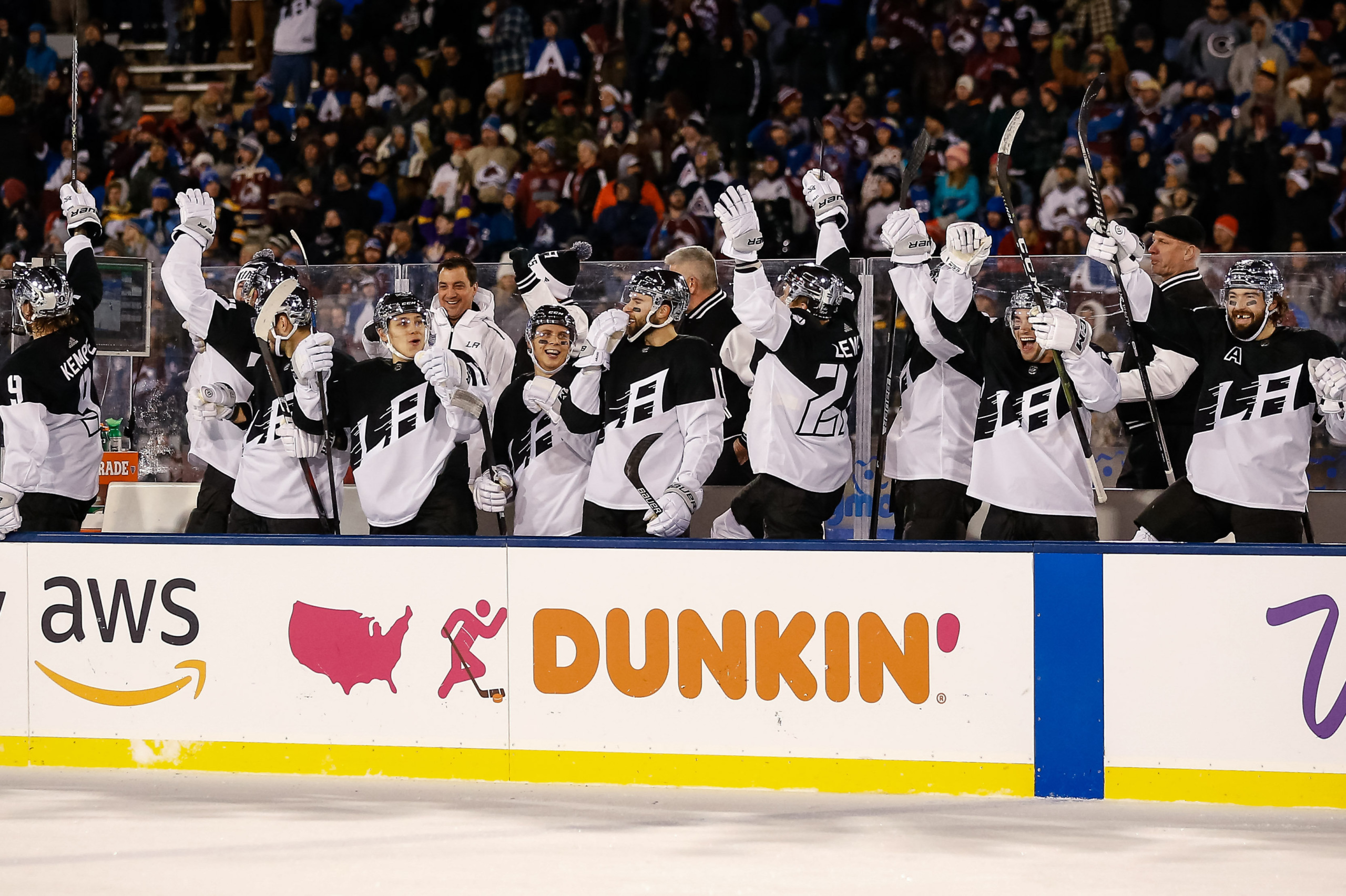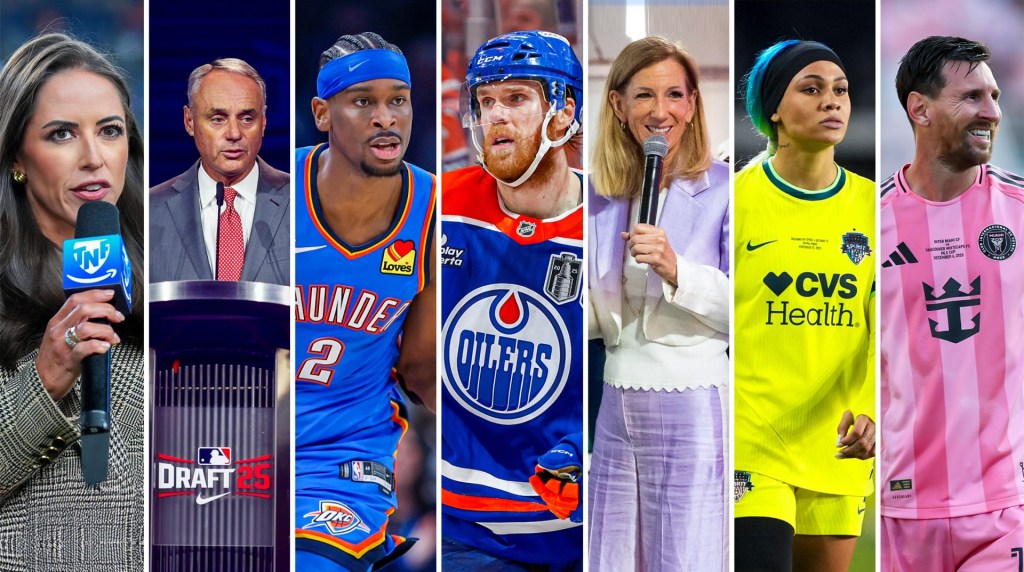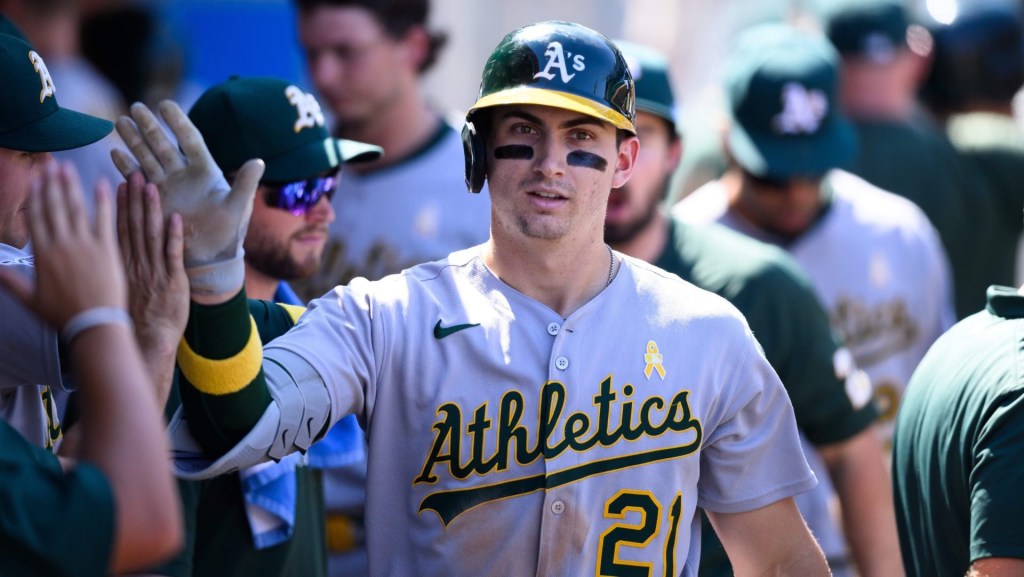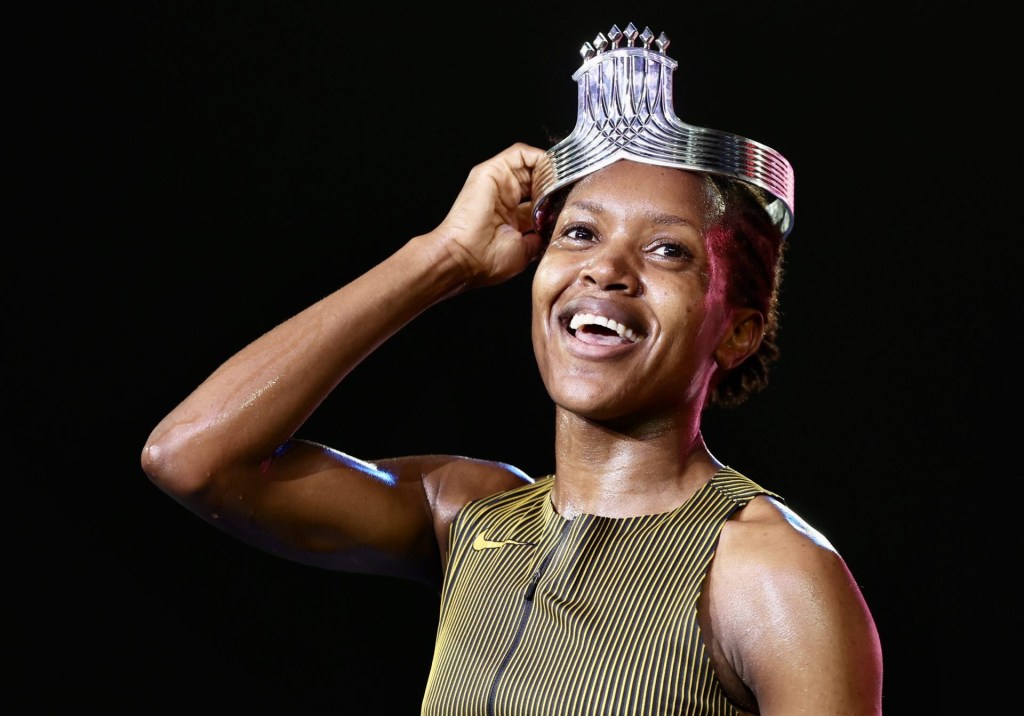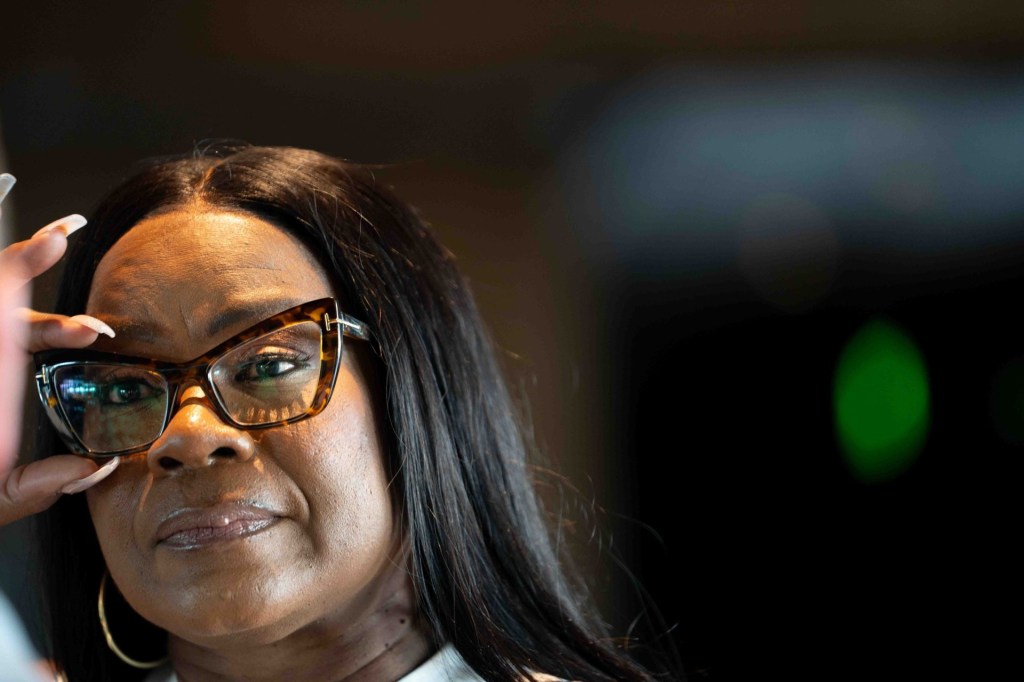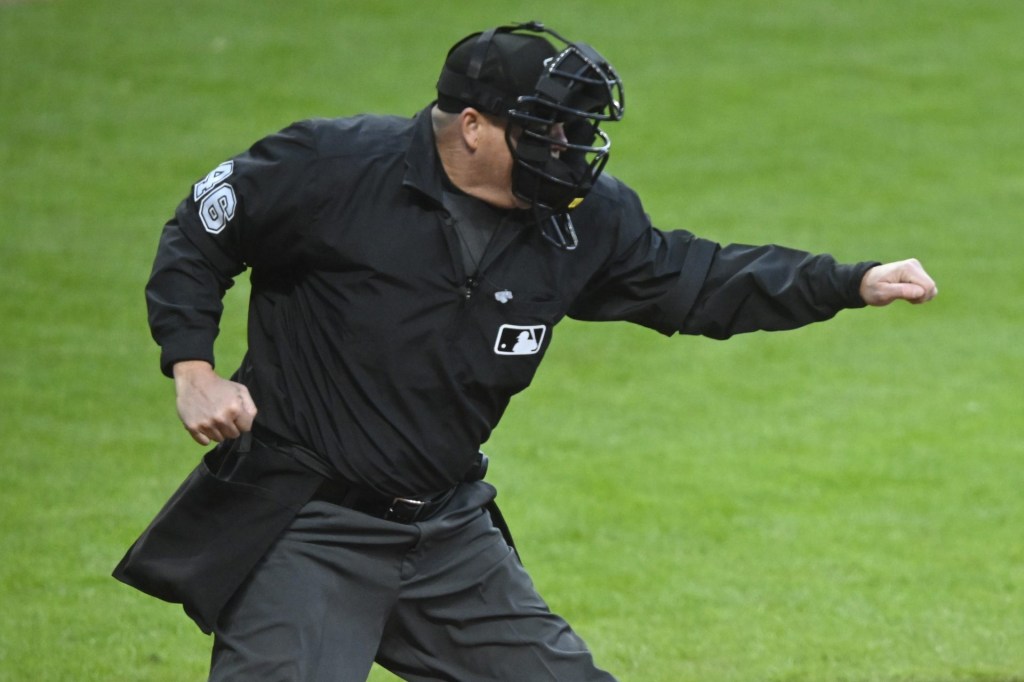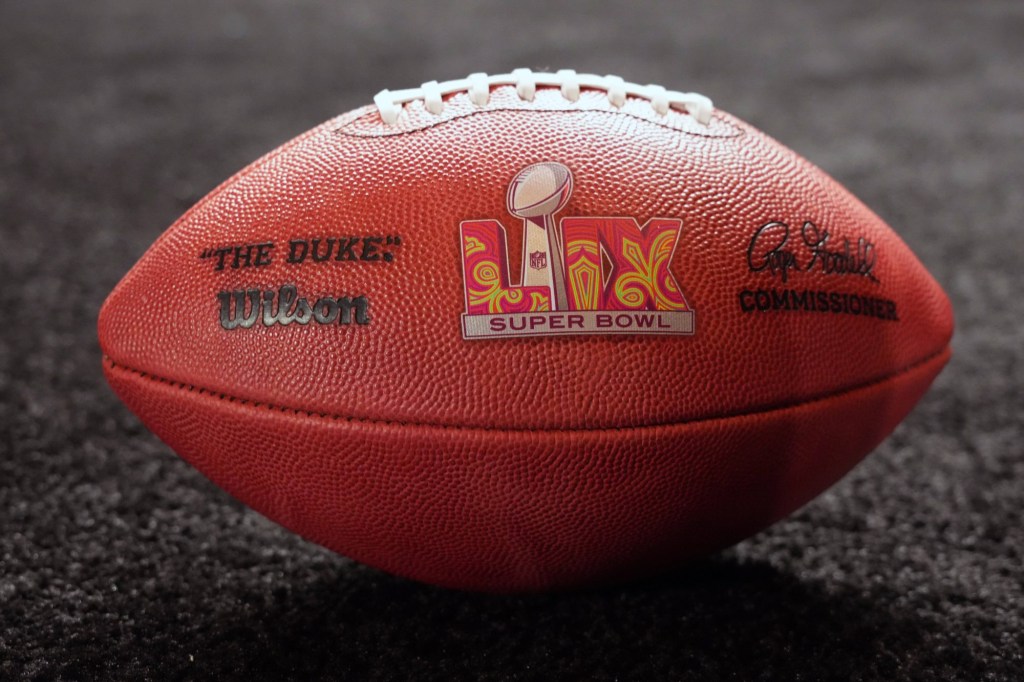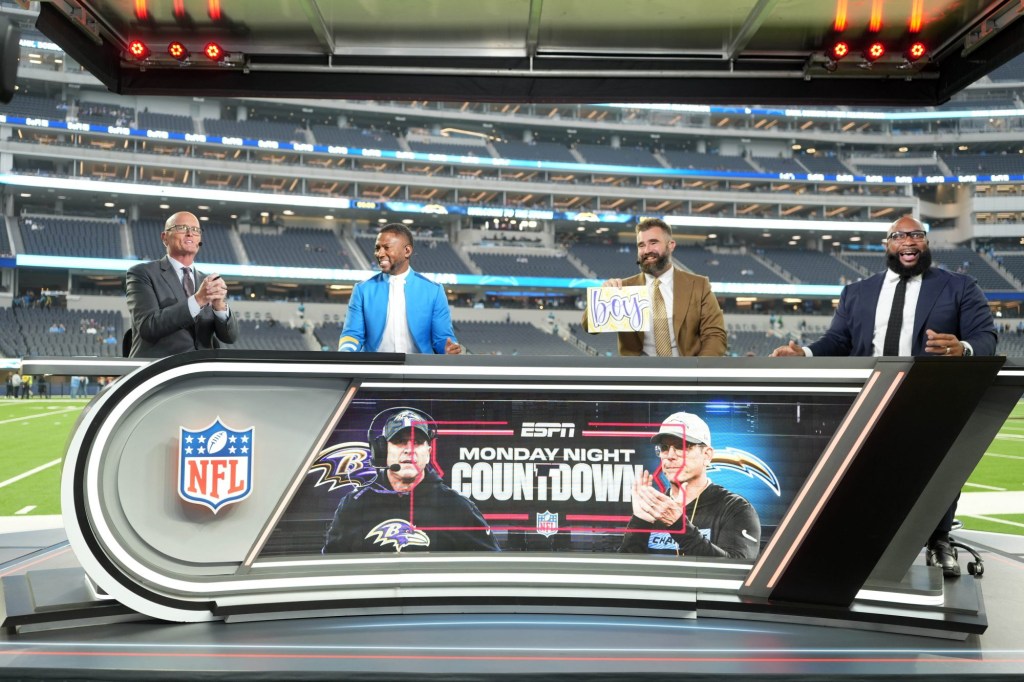As sports leagues navigate their way back to live games, stakeholders across the industry are trying to figure out the answer to the multi-million dollar question of how sponsors will be featured.
Leagues and teams are currently working on make goods for existing partners, with options being explored ranging from seat tarp advertising to jersey patches and virtual signage on the field of play. Many of these conversations are still in the early stages.
Nielsen represents just one of the third-party firms working with organizations to price out new inventory with sponsorship dollars on the line. The ad measurement company launched a new Whitespace Valuation service in June to help clients quantify impressions that currently unbranded assets will garner on television.
In the case of MLB, signage behind the pitcher’s mound or around the first and third baselines are considered premium territory, according to Nielsen Sports Managing Director Jon Stainer.
“In the last two months alone, we’ve conducted the same number of white space valuations that we would normally do over the course of a year,” he said. “We are entering into a situation without fans in stadiums, and so the opportunity for traditional revenue streams is no longer present. But new opportunities are also available without them.”
Nielsen is not new to helping sports clients turn unbranded assets into new revenue sources. The company previously worked with half of the NBA’s 30 franchises in 2017 to evaluate the demand for on-jersey patches, a branded asset now offered widely around the league.
How lucrative the new inventory offered to current sponsors is ultimately dependent on three factors: the number of games played, the yet-to-be-released broadcast schedules, and viewership forecasts. Brands and partnering marketing agencies will then juxtapose the value lost through canceled games this season with new opportunities.
“We are confident that some of these, what we might call ‘temporary assets’ right now, will be able to more than provide teams the ability to fulfill existing contracts but also provide a great testbed for new assets in the future,” Stainer said.
READ MORE: MLB Clubs Exploring Ad Tarps for Empty Seats
Media buyer Horizon Media has yet to see pricing from TV networks, as broadcast companies continue to work with pro leagues on bringing games back without fans. While advertisers did have opportunities to take back pre-purchased airtime for March, April, and May games, most chose to hold on to ad slots.
“The sentiment remains the same in that advertisers want to continue to support the sport that they bought into,” Adam Schwartz, Horizon Media senior vice president and director of sports media, said. “I think networks will be pretty packed up or pretty close to sold out once those schedules are out.”
Nielsen also says it is attempting to figure out how networks will choose to fill air time that is typically designated for shots of fans around arenas. This may include calling up player statistics or even fantasy sports performance. But also likely are shots of static and virtual advertising around the stadium.
MLS Commissioner Don Garber said the league would leverage virtual advertising upon its return on a recent conference call. In addition to that, MLS will experiment with new camera technologies as a way to integrate fans into broadcasts during its MLS is Back Tournament.
“The first focus is to retain some of the revenue that we have planned for in our agreements with sponsors and broadcasters,” Garber said on that conference call. “Being able to have a tournament like this that has as many games as it will have, as many as three a day, will allow us to fulfill some of our obligations both nationally and locally, and that’s important.”
Yet the league does not foresee very many new revenue opportunities coming from its tournament at Walt Disney World in Orlando, which is scheduled to begin July 8 in front of no fans.
READ MORE: NWSL Stands to Gain Plenty of Exposure as First U.S. Team Sport Back
The consensus is that most U.S. professional sports leagues won’t likely have that opportunity either upon their returns. The newly created inventory will predominantly be offered to the current league and team sponsors first – making availability for brands eager to advertise with leagues, teams, and networks more limited.
MLS did not immediately respond to requests for comment on whether some new inventory will be held to sell in the open market. The NHL, NBA, and MLB all said it’s still too early to speculate.
“The focus of properties is on making good with current sponsors,” Carrie Skillman, vice president of marketing agency Scout Sports and Entertainment, said. “That’s not to say they would not entertain a new conversation, but I think that they would go to their current partners first before taking it to a new brand.”
Scout, a subsidiary of Horizon Media, has had a variety of conversations with teams and leagues, but much remains up in the air until an exact number of games to be played is agreed on – and new inventory opportunities move beyond the exploration stage.
“The first part of the conversation is aligning on what that total misvalue is, and as we come to terms on that, then going to the table to figure out what assets now they can offer to make good on that missed value,” Skillman said. “There’s going to be several rounds of discussions obviously with the properties [leagues and teams] to come to an understanding of what the asset mix is.”
Proposed make goods may not be a perfect fit for all brands, some of which have seen their industries harder hit by the pandemic than others. In those cases, sponsors may pass on make goods altogether and seek credit back for the value missed on initial investments.
Companies looking to create engagement with sports fans may also negotiate further with leagues and teams on make goods that make sense for them – likely focusing on a social or digital approach. New assets make the most sense for brands looking to build brand awareness, according to Chris Wujcik, vice president of client consulting and services at GMR Marketing.
“They could quite easily put partner logos on those tarps and capitalize on what most people are projecting is going to probably be a significant increase in TV impressions,” Wujcik said. “Fans are clamoring for sports. But they’re not able to be there in person, so they’ll have to tune in that way.”
